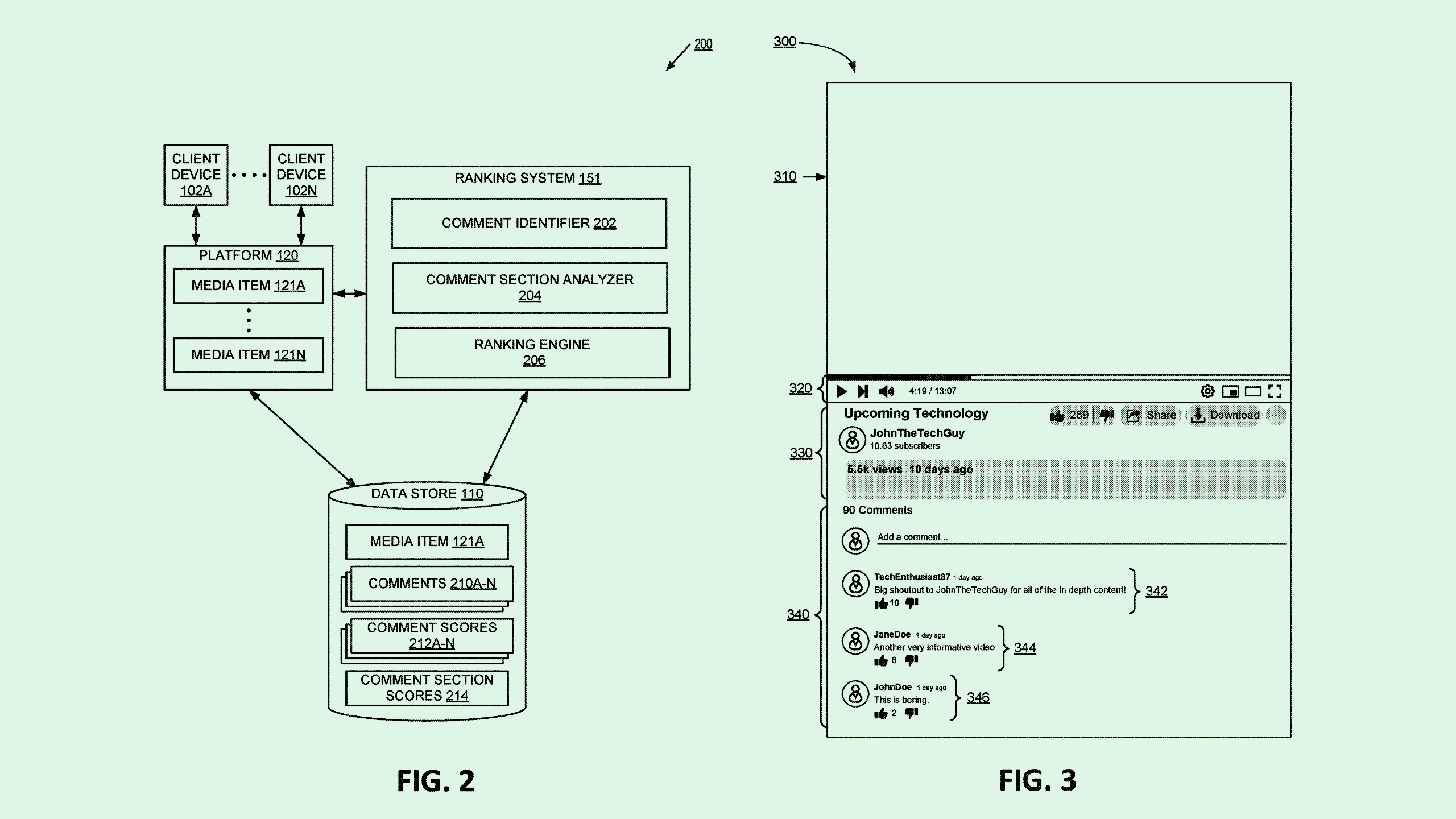Google Social Media Patents Add to YouTube’s AI Upgrade
The filings add to Google’s larger bid to build AI into YouTube’s offerings, though AI could present risks in this context.

Sign up to uncover the latest in emerging technology.
Google wants to know how to keep you on YouTube.
The company is seeking to patent a way to determine a “time point of user disengagement” using “audiovisual interaction events.” Basically, Google wants to figure out when you’ve stopped paying attention.
If Google’s tech determines that you’ve stopped paying attention, it may adjust the output, such as pausing a video for you to resume later. To reach that determination, the tech calculates an “indication of a level of user engagement” through behavior on the user interface.
For example, if YouTube is open in one tab or browser window, but you’ve started scrolling, typing, or clicking in a different one, that data is fed to a machine learning model to conclude whether or not those behaviors signal that you’ve stopped listening.
Additionally, the company may be keeping a closer eye on the comment section. Google filed a patent application for “comment section analysis” of a content-sharing platform. This uses the comment section to determine whom a piece of content should be pushed to.
This system uses several different machine learning models to score a comment section, taking in data such as user demographics, satisfaction and sentiment analysis, text quality scores, and “emotion indicators.”
That analysis then helps adjust the ranking of that media. For example, if a video about gaming gets comments from several young users, that video may subsequently get pushed to more young users.
These patents aren’t the first indicator that Google is giving YouTube an AI upgrade. The company previously sought to patent AI-based content moderation technology that finds and limits “objectionable” content, as well as computer vision tech to identify products within videos for online shopping.
Earlier this month, the company announced generative AI tools for the video platform. At a company event called Made on YouTube, Google debuted AI-powered tools for creators, such as assistants to write titles, pick thumbnails, and even brainstorm entire concepts for videos, as well as access to Veo, its AI-generated video tool.
The company also recently began rolling out a conversational AI tool for YouTube Premium subscribers in the US who have Android devices: It allows them to ask questions about the videos they’re watching.
While these integrations make sense as Google continues to weave AI throughout its core businesses, AI models always run the risk of getting things wrong. Machine learning models tend to amplify biases and hallucinate mistakes — merging these models with a platform as ubiquitous as YouTube may magnify those issues.











